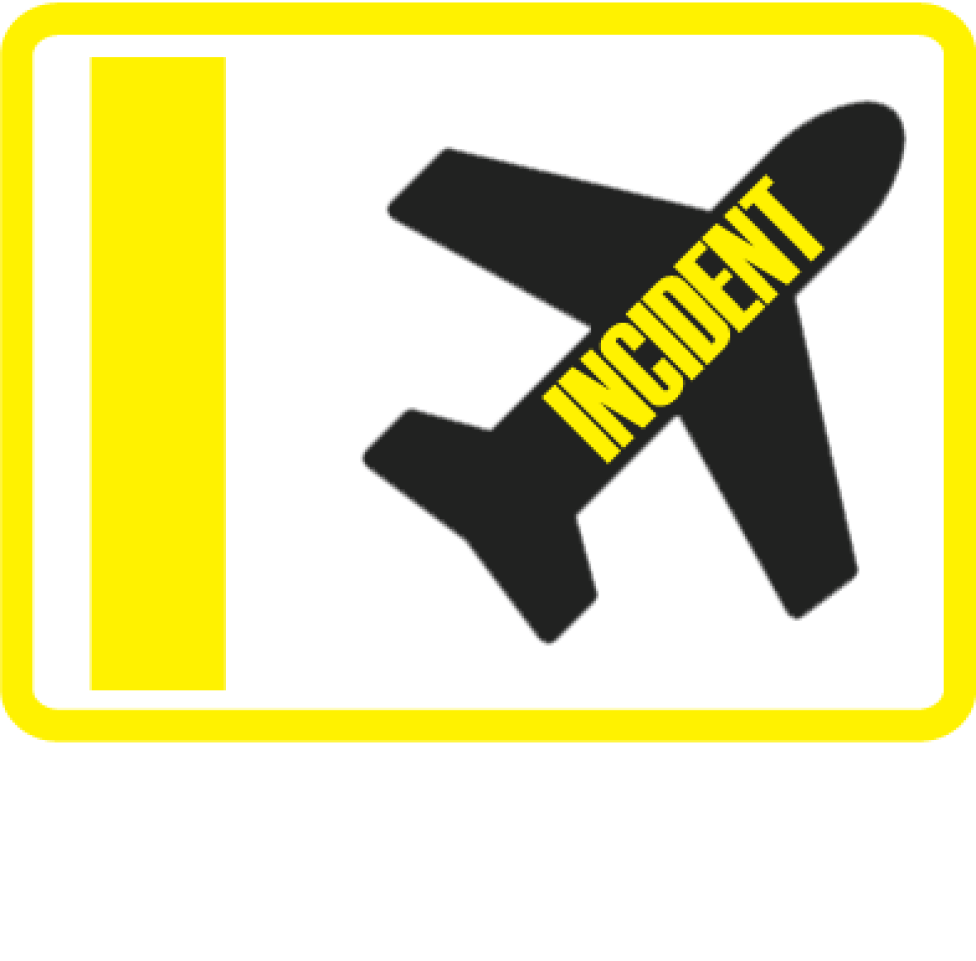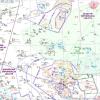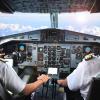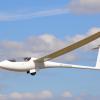Ryanair B738 near Dublin on May 20th 2011, loss of cabin pressure
A Ryanair Boeing 737-800, registration EI-DLI performing flight FR-449 from Liverpool,EN (UK) to Dublin (Ireland) with 50 passengers and 6 crew, was enroute at FL180 about 50nm east of Dublin when the crew initiated a rapid descent to FL100 reporting cabin pressure problems and subsequently entered a holding at FL060. The airplane landed safely on Dublin's runway 28 with emergency services on standby about 30 minutes later.
A passenger on board reported that the captain announced "Emergency descent! Emergency descent!" over PA and the passenger oxygen masks were released. Cabin crew instructed to use the oxygen masks and re-briefed the passengers on a possible water landing. A number of passengers appeared to be shocked and were taken care of by paramedics.
Ryanair said that the crew released the oxygen masks manually and initiated a controlled descent to an unpressurized level. The aircraft landed normally and taxied to the terminal where the passenger disembarked normally.
On Jul 8th 2014 the Irish AAIU released their final report concluding the probable causes of the incident were:
Probable Cause
- The Air Conditioning Packs were not selected to AUTO following engine start.
Contributory Cause(s)
- The “After Start” checks and the checks at 3,000 ft and 10,000 ft did not identify the mis-configuration or that the aircraft was not pressurising.
- Concern about the effectiveness of the pressurization system after both packs had been selected to AUTO caused an emergency descent to be initiated and the manual deployment of the cabin oxygen masks.
- Sub-optimal CRM and a flat authority gradient.
The AAIU reported that the aircraft was enroute at FL180 for a few minutes when the cabin altitude horn sounded. The crew donned their oxygen masks and quickly recognized that both packs were set to OFF. Both pack switches were now selected to AUTO, the crew removed their oxygen masks. A short time later the pilot monitoring became concerned that the air conditioning did not work properly, the crew radioed a Mayday call and performed an emergency descent to FL100, the passenger masks deployed. The aircraft descended further to 6000 feet and entered a hold while the crew worked the related checklists, then continued to Dublin for a safe landing.
The AAIU reported that the flight crew was aware of an earlier ground incident where an aircraft had not been clear of the tow bar. Consequently the captain (53, ATPL, 13,000 hours total, 6,000 hours on type), pilot flying, was concerned that their aircraft was clear of the tug and tow bar - this may have led to an interruption reading the after start checklist and missing the checklist point to select both air conditioning packs to AUTO. Further checklists were worked at 3000 and 10,000 feet but did not identify any problem with the air conditioning system.
The AAIU reported the cockpit voice recorder revealed the pilot flying indicating during the "after start" checklist "Packs off, Bleeds on" when challenged by the pilot monitoring upon the status of the air conditioning. Subsequently, during takeoff briefing, the pilot flying said "packs auto, bleeds on". Later on the cockpit voice recorder recorded the cabin altitude warning horn, both crew donned their oxygen masks and quickly realized the packs were still set to OFF and selected them to AUTO. The crew decided not to cancel the horn in order to be able to determine the air conditioning working if the horn ceased. 39 seconds after the onset of the cabin altitude warning horn the horn ceased sounding.
3.5 minutes after the onset the pilot monitoring said: "Mate there’s something wrong with pressurization because it’s still at fifteen thousand cabin alt it’s not high enough is it.", the pilot monitoring donned his oxygen mask again and recommended the pilot flying should follow. Subsequently the pilot flying donned his oxygen mask and performed an emergency descent to FL100 (average rate of descent 2200 fpm, peak 3000 fpm). The crew subsequently requested a further descent to 6,000 feet and a hold to assess the aircraft configuration for landing at Dublin. 23 minutes after the emergency descent the crew cancelled the emergency status and left the hold for a safe landing in Dublin.
Data in the non-volatile memories of the Digital Cabin Pressure Controllers (DCPC) showed the cabin altitude did exceed 10,000 feet but did not show the cabin altitude reached/exceeded 13,500 feet.
The AAIU analysed that during the "after start" checklist the reply by the pilot flying "Packs off, Bleeds on" was not queried by the pilot monitoring stating: "This is the point at which the incorrect configuration of the pressurization system should have been identified and remedied."
The AAIU analysed: "It is not possible to determine the maximum cabin altitude reached because neither the FDR nor the DCPC NVM continuously records cabin altitude. However, there was no DCPC “fault code” to indicate that the cabin altitude exceeded 13,500 ft. The Investigation is satisfied that the cabin altitude, although exceeding 10,000 ft, did not exceed 13,500 ft. Consequently, the cabin oxygen masks did not automatically deploy as the cabin altitude automatic deployment threshold is 14,000 ft."
The AAIU analysed: "The Investigation notes that all but one of the CVR comments immediately prior to the emergency descent decision were made by the PM. The CVR recording contains no evidence of consultation between the PM and PF before the PM deployed the cabin oxygen masks. The nature of these communications and the lack of consultation suggests sub-optimal Cockpit Resource Management (CRM) and a flat authority gradient." (Editorial note: the AAIU report does not mention the first officer's age, license or experience data).
The AAIU report circles around suboptimal crew-passenger communication in large parts of the report, consequently released three safely recommendations to Ryanair to improve crew-passenger communication and a fourth recommendation to Boeing to revise the after takeoff and 10,000 feet checklists requiring the pilot monitoring to verbalize the pressure differential on the cabin pressure gauges rather than calling "check".
http://avherald.com/h?article=43cfbada














Komentarze